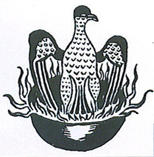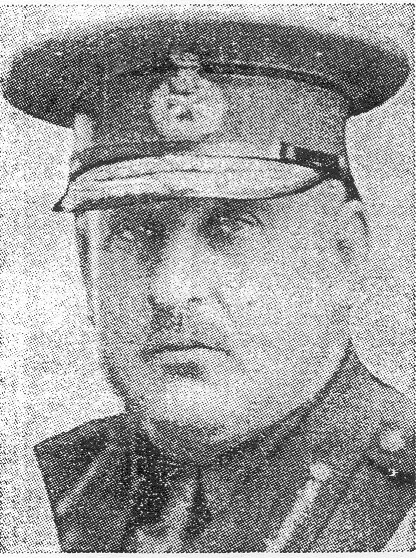|
|
ROSIE
RINGS A BELL And indeed he was,
no ifs or buts about it.
Not a description of oneself that anyone would like to have preserved forever, like a fly trapped in amber, in a major work of "fiction" in the upper echelons of the canon of western literature. And, yet, it happened, it happened.. ...for when Lawrence arrived in Sydney at the end of May 1922, on his way from Europe to America, he ran across a real, not fictional, secret army, which he then portrayed - in a full-length portrait - in his Australian novel, Kangaroo (called by one critic "the most important book ever written about Australia"). Its leader was indeed Rosenthal, and he is the main Australian character in the novel - Benjamin Cooley, nicknamed "Kangaroo", the head of the secret army of "Maggies", which is plotting to take over Australia in a fascist coup. In fact, the novel
Kangaroo turns out to be a thinly-fictionalised diary of
what happened to Lawrence in the few short weeks he had in Sydney
and Thirroul in mid-1922. (How can it be otherwise? Lawrence could
not have made up, in a matter of weeks, the accurate picture he
draws of what it is now generally agreed by historians to be an
actual secret army, formed in Sydney in July 1920 - not 1921 -
as a response to the election of a radical left-wing Labor government
a few months previously.)
|
But this man also knew some figures in the secret army. These figures may have been looking for someone to contribute to the journal of their "cover" organisation, a patriotic body called the King and Empire Alliance (called in the novel "The Diggers"), of which Major MJR Scott was the treasurer, and Rosenthal the secretary. Lawrence was introduced to Scott, who introduced him to Rosenthal. The rest is literary history. How did I run across
all this? The sheerest accident. My wife Sandra wrote a biography
of a famous English literary hostess, Lady Ottoline Morrell. We
did the research in Austin Texas in 1972. The head of the library
there was Lawrence's bibliographer. He suggested that after we
returned to Australia we look into Lawrence's time there, as nothing
had been done on that. We returned in 1975 and started the research.
We quickly came across a lot of parallels between the novel and
what was happening in Sydney at the time. I discovered that the "Old Guard" had been the name given - somewhat derisorily - to the organisation that Rosenthal and Scott had founded in 1920, and which Lawrence describes in Kangaroo so accurately, and so extensively, that the novel remains the best description we have of secret army activity in Australia between the wars. Interestingly, Kangaroo is not the only novel in which Lawrence portrayed Rosenthal and Scott. (Lawrence was almost incapable of invention, and used real people and places over and over again throughout his literary works.) He portrayed Scott - the creepy Jack Callcott in Kangaroo - in the second version of Lady Chatterley's Lover as the impotent secret army aficionado Jack Strangeways (Scott, who indeed had some very strange ways, was impotent, due to wartime trauma). Rosenthal he portrayed again in The Virgin and the Gipsy as the powerfully-built Danish artillery officer, Major Charles Eastwood, whose face is "like a mask". (The surname is a typical Lawrentian literary pun - Rosenthal is a village in the middle of the Black Forest in Germany, east of the Rhine, near where Lawrence stayed in 1912 - it was "an east wood".) (Neither of these novels were published in Lawrence's lifetime, and when Lawrence re-wrote the second version of Lady Chatterley into the third version that was banned for so long, and which he knew would be published, he downgraded Strangeways into a minor character, removing all reference to his fascism and impotence.) This week, however,
happens to be national architecture week. And it is this aspect
of the life and work of Sir Charles Rosenthal that we are here
today to note, and with it Marrickville's connection to a prominent
Australian soldier-architect. - Robert Darroch |

